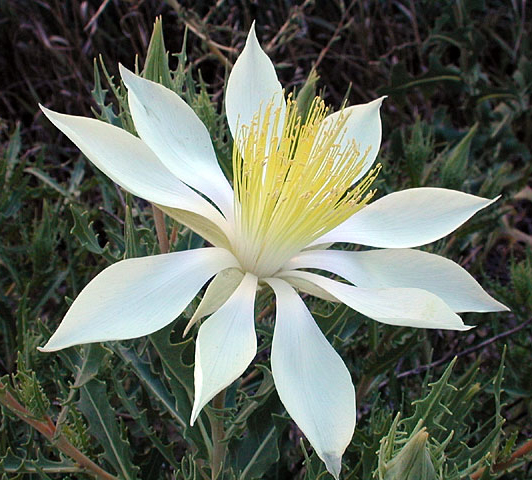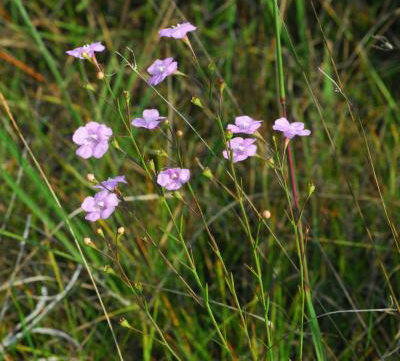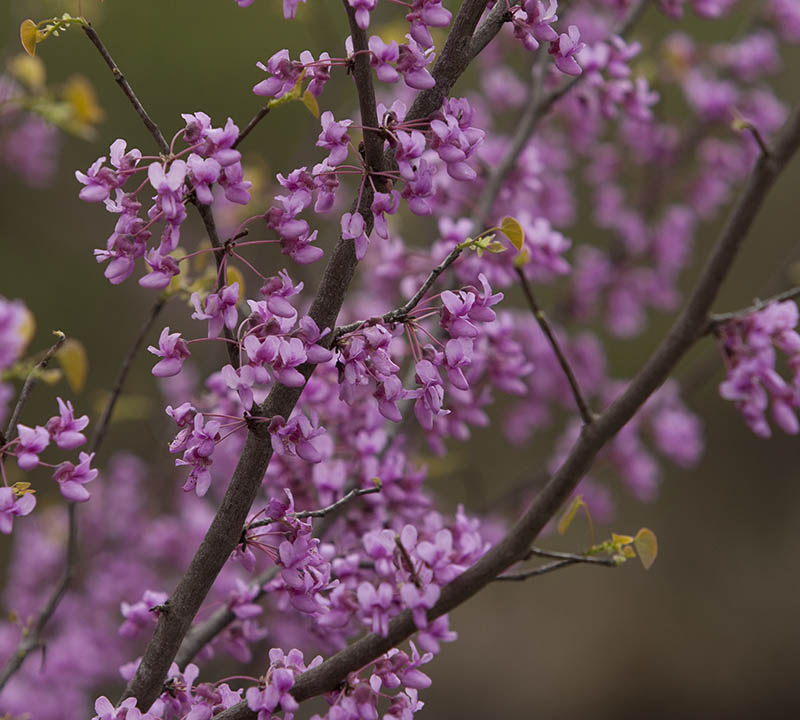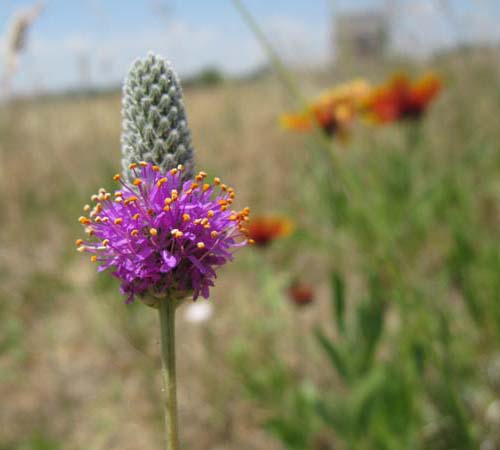Plant Identification

Common Grasses of Nebraska
“Rangeland and pastureland grasses are key components of the forage system supporting the beef cattle industry in the state. Knowledge of the important grasses and grass-like plants making up these renewable natural resources is important to those managing the land. The ability to identify grasses is an important skill for individuals interested in prairies and prairie management. This knowledge is essential to determine the condition or health of the vegetation, and to determine if management is moving the composition in a desired direction. Homeowners interested in including grasses in their landscape will benefit from the ability to identify the common grasses, as will individuals interested in nature or wildlife management.”
“The identification (vegetative and flowering), uses, and values of more than 125 grasses and grass-like plants are discussed in this manual. While several hundred species of grasses grow in Nebraska, the ones covered in this manual will account for more than 95% of the grass plants encountered in the state. Included are the most abundant and important grasses in Nebraska. Others are included because they are troublesome weeds or may become troublesome with improper management. Annual species used for temporary pasture, such as sudangrass, are not included.”
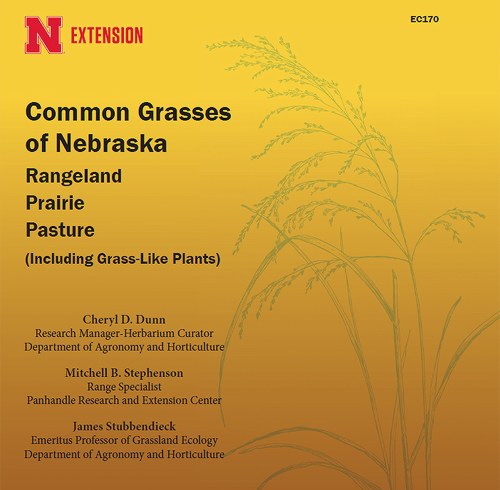
Common Forbs and Shrubs of Nebraska
"Grasslands, both natural and seeded, comprise about one-half of Nebraska's land area. This resource is worth more than a billion dollars annually to Nebraska's economy. Rangelands and pasturelands are the basic renewable resources supporting the Nebraska beef cattle industry. They are essential for wildlife habitat, to protect soils from wind and water erosion, to serve as a "germplasm bank," to help clean the environment, and as a source of aesthetics for many. Native species are becoming increasingly important in horticulture, landscaping, and nursery businesses. Use of native plants, rather than introduced species, reduces the potential for invasive species and helps to maintain ecological integrity."
“Knowledge of plant identification is the first step in understanding this resource. The second step is acquiring knowledge of the important vegetative types in Nebraska. This publication discusses the identification, distribution, use, and value of 144 forbs, 4 cacti, and 19 shrubs. These species are some of the most common and important plants on the prairies, rangelands, and pasturelands in Nebraska. Values of individual species range from being highly desirable to troublesome, even poisonous, weeds. All have been evaluated as to their desirability and grazing or browsing use in perennial grasslands.”
Other Plant Identification Resources
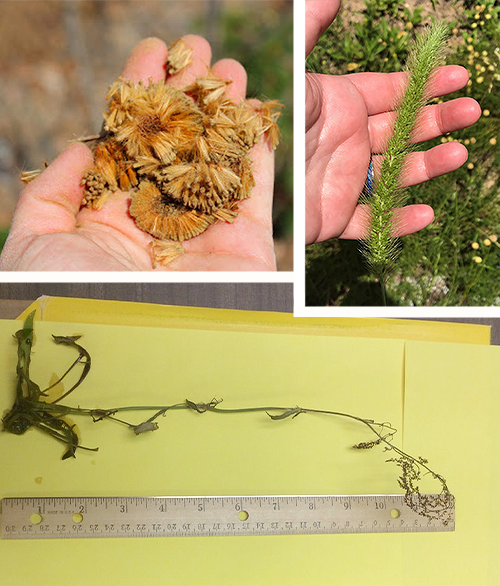
Contact Us
Feel free to stop by our offices at 203 Keim Hall on East Campus to get a plant specimen identified, or email photos of your specimen to Cheryl Dunn, IANR’s Herbarium Curator and Plant Identification Specialist. When it comes to photographing plants for identification, please follow these guidelines:
- Send in multiple photos that include: all parts of the plant, several photos of the same plant, upper and lower sides of leaves, and special detail close-ups.
- Take a pictures of a fresh specimen and try to include a ruler, coin or some object in the photo for scale.
- Make sure the plant is clear and obvious, not obscured by glaring sun or shade. Avoid lots of other "green things" and have a uniform background, if possible.
- Make sure your photos are in focus: don't get too close with the camera, be aware of your settings and the focal depth of your camera, avoid shaky hands, do not focus on the background, and for small parts hold them in your hand to help with focus.
- Zoom in when needed, but often it's better to take a photo at less zoom with good focus first, instead of zooming in with the camera.
